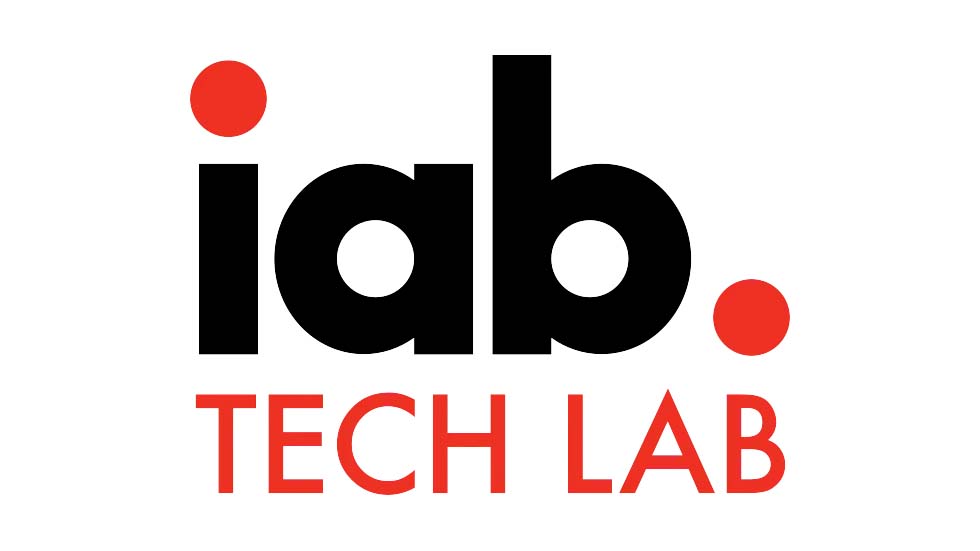Get smart
Would it surprise you to learn that a particular article on the Broadcast Engineering Web site receives more than 2500 views a month? Yet, that article has nothing to do with professional broadcast equipment.
Back in March, 2008, Aldo Cugnini wrote in his Transition to Digital column a tutorial on smart antennas. These are antennas that actively tune themselves to the proper frequency and direction of the station selected by the STB. Such antennas are a good solution to viewers who are live in areas where their favorite TV stations are located in multiple compass directions.
If all the stations you wanted to watch were in one general direction, a yaggi antenna would be a good reception solution. If however, one station is at 15 degrees, one at 100 degrees and a third at 270 degrees, a directional antenna is not a good answer. That’s where the smart antenna comes in.
Using the STB as a driver, the antenna tunes itself to the frequency and azimuth of the desired station. As the viewer changes channels (stations) the antenna changes characteristics to maximize its performance in the direction of the selected station.
Not all STBs support active antennas. For the solution to work, the STB needs to be equipped with an EIA/CEA-909A standard interface. However, if the STB has this interface, it’s often best to try and use it with a compatible smart antenna, to maximize system performance.
It’s been almost a year since Aldo’s column on smart antennas appeared. Yet, our Web site remains a key resource for your viewers looking for help with their TV sets, STBs and antennas. Type in “smart antenna” into your favorite search engine and Broadcast Engineering’s Web site will appear as a top solution.
When viewers write with questions, I always provide them with as much information as possible. I’ve developed a resource guide that contains a variety of information about DTV reception. The resource includes vendors of DTV products, articles on DTV reception and buying guide information. Once they receive this guide, the viewer can answer his own questions and then make intelligent purchasing decisions.
The professional video industry's #1 source for news, trends and product and tech information. Sign up below.
As we move ever closer to the analog shut-off, engineers may want to develop their own DTV resource that can be distributed to viewers. It will help answering the same question dozens of times. And, putting together such a document will increase your expertise in the area of DTV reception.
To get you started, I posted the resource list of links I’ve found helpful on the Broadcast Engineering Forum.
In any case, don’t wait until Feb. 16 to begin learning more about DTV reception and the solutions available, because the calls will start, and you’ll find yourself answering the same question 50 times over.
If you have discovered additional DTV resources, I’d love to receive them. We’ll keep this link active so we can all share this valuable information.
